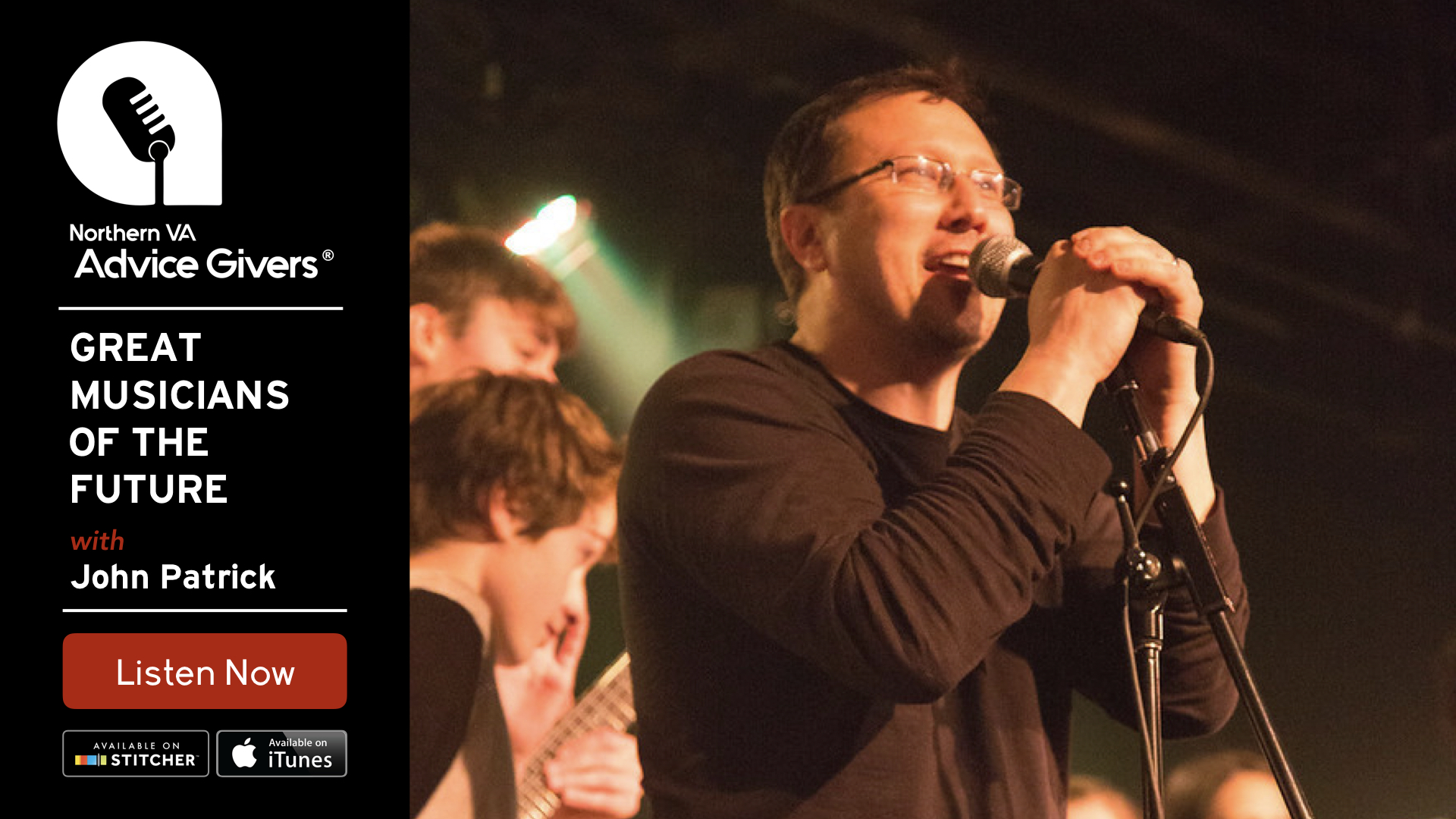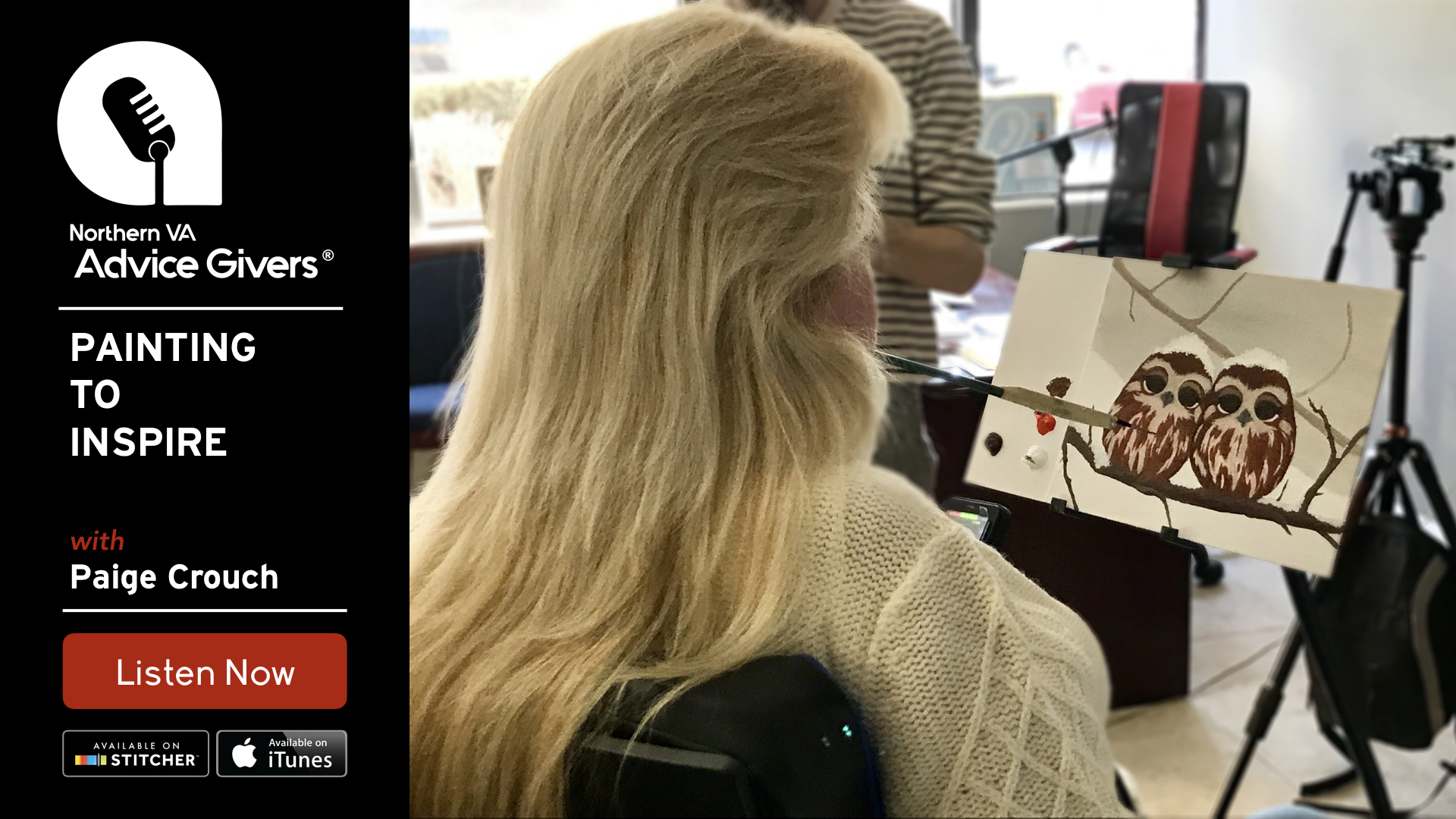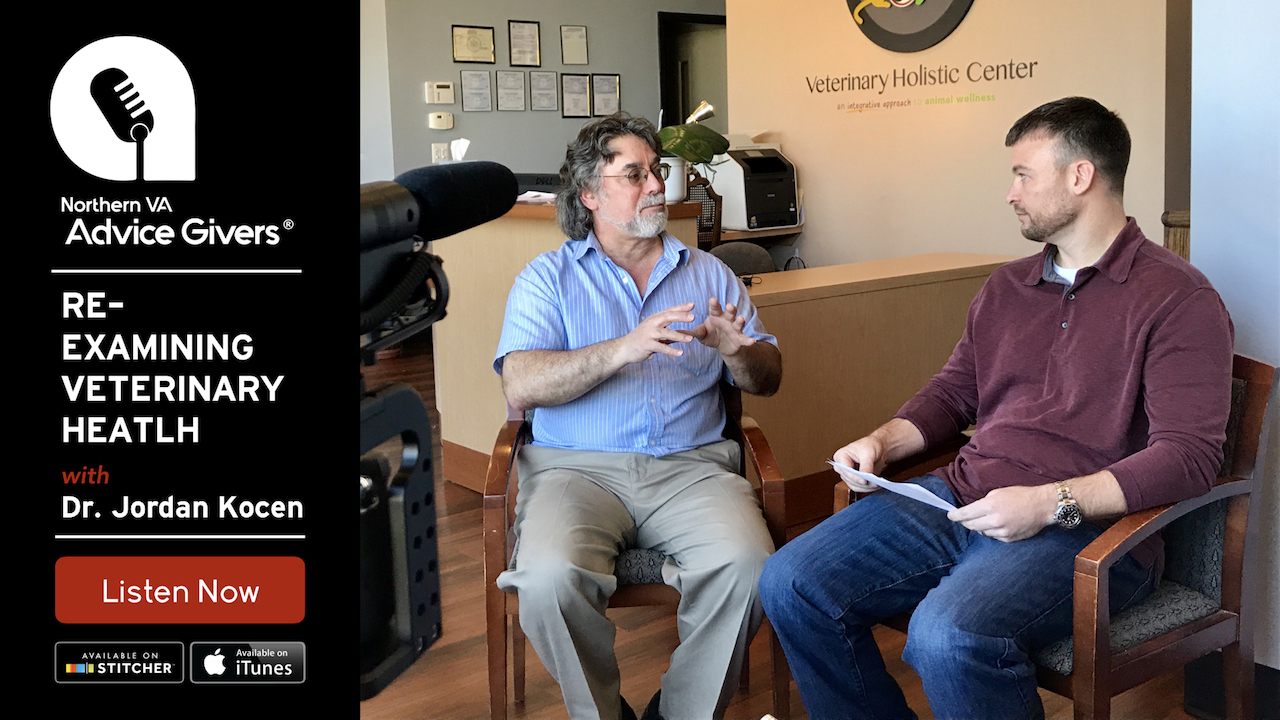John Patrick, also known as JP, knows a thing or two about rocking out. As a drummer for the band Virginia Coalition from high school until he was 30 years old, and now the founder of Rock of Ages Music (ROAM) school, he’s been rocking out his whole life.
After leaving Virginia Coalition and trying on an office job for size, JP realized that he could never escape the music. He began giving private drum lessons, which eventually evolved into opening up ROAM, which now has over 250 private students in the school and about 70 kids making up about 24 bands in the rock school.
Everybody Can Speak Music
Right now, ROAM offers music lessons to those who can afford it. JP wants to expand into introducing less advantaged people to music as well. “I want to branch out more into low-income families,” he says. “There’s plenty of that in any city in the country. The goal would be to get there to start helping to become more a part of the community that actually raised me.” He would like to grow ROAM large enough to use the business as a platform to connect with more people who have not been fortunate enough to get involved with music. “Music is a language, and anybody can speak it,” says JP. “But not everybody has the chance to try.”
It’s About the Community
ROAM is located right in the middle of a very cool and unique neighborhood. “This is a great neighborhood that loves the arts,” JP says. Kids can walk there from home or school, and the community encourages the arts. “This is a very unique community that really helps itself,” he says. “All the people are so helpful, so kind [and] giving.”
You can’t have a community without communication, so it’s lucky that communication is JP’s superpower. “I’m very comfortable talking to anybody,” he says. “I think that’s important, especially when operating a business like this. You have to be a people person.” He likes engaging with people and learning from people. Rock and roll is a human experience.
Let the Students Choose
Some parents are so eager for their children to learn the language of music that they bring them to ROAM before they know if the child is even interested in music, or before the child is old enough to know for themselves if they are interested. However, that interest must start at home. “I’d be happy to take your money and experiment with your child to see what kind of instrument they want to hook onto while you’re paying me,” says JP. “But that’s not honest.”
Instead, he advises observing the child at home. If they don’t gravitate towards music, that’s fine. If they are constantly singing, air-drumming, or air-guitaring, bring them in. “It’s all about where their mind is,” he says. “And if it’s there, we can work with that.”
Rock and Roll Ain’t Noise Pollution…
You have to hear music to learn it and teach it. “There’s a lot of things going on right now with online Skype lessons, which is great,” says JP. But there’s no substitute for human-to-human interaction. “I think the future is not getting that human interaction lost in the digital age we’re entering, figuring out how to keep it human.”
Learning music is a human process. Some parents bring a child in who has been learning online for a few months, and those students do some stuff, but “it’s the one-on-one interaction that actually shows you the proper technique,” he says. When you watch a video, the instructor of that video isn’t watching you back. “You’re not getting that nuance, and that’s where the human interaction comes in and you can show the nuance and hear the nuance, and that’s the big difference.”
Except When It Is
On the horizon for ROAM, JP is looking to eventually move the rock school from the private lesson school. They’d still be affiliated, just not in the same building. “There’s definitely a lot of toes getting stepped on here right now,” JP says. “And a lot of ears.”
Get Rocking
If your child wants to learn the language of music, get them involved in ROAM by visiting the website.







